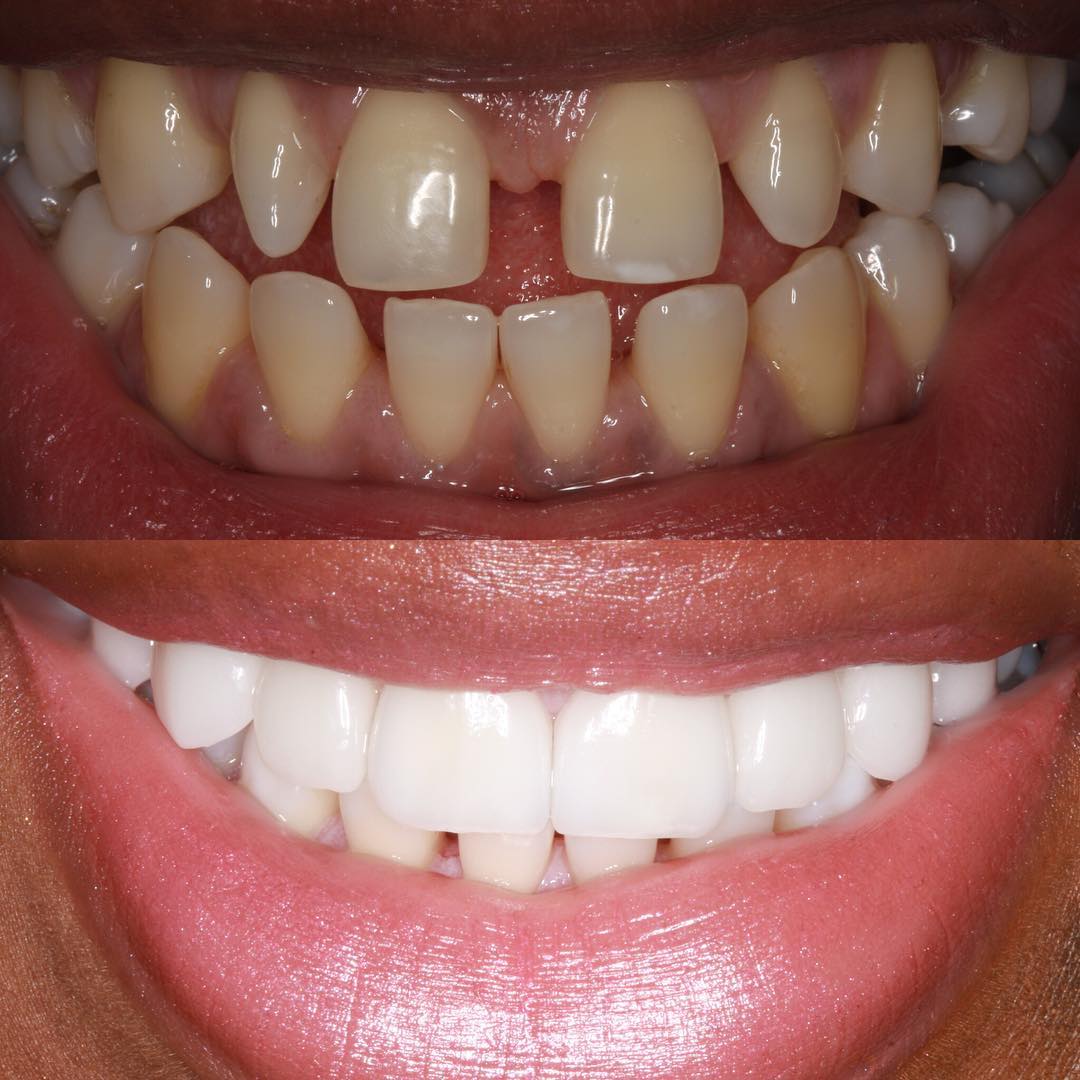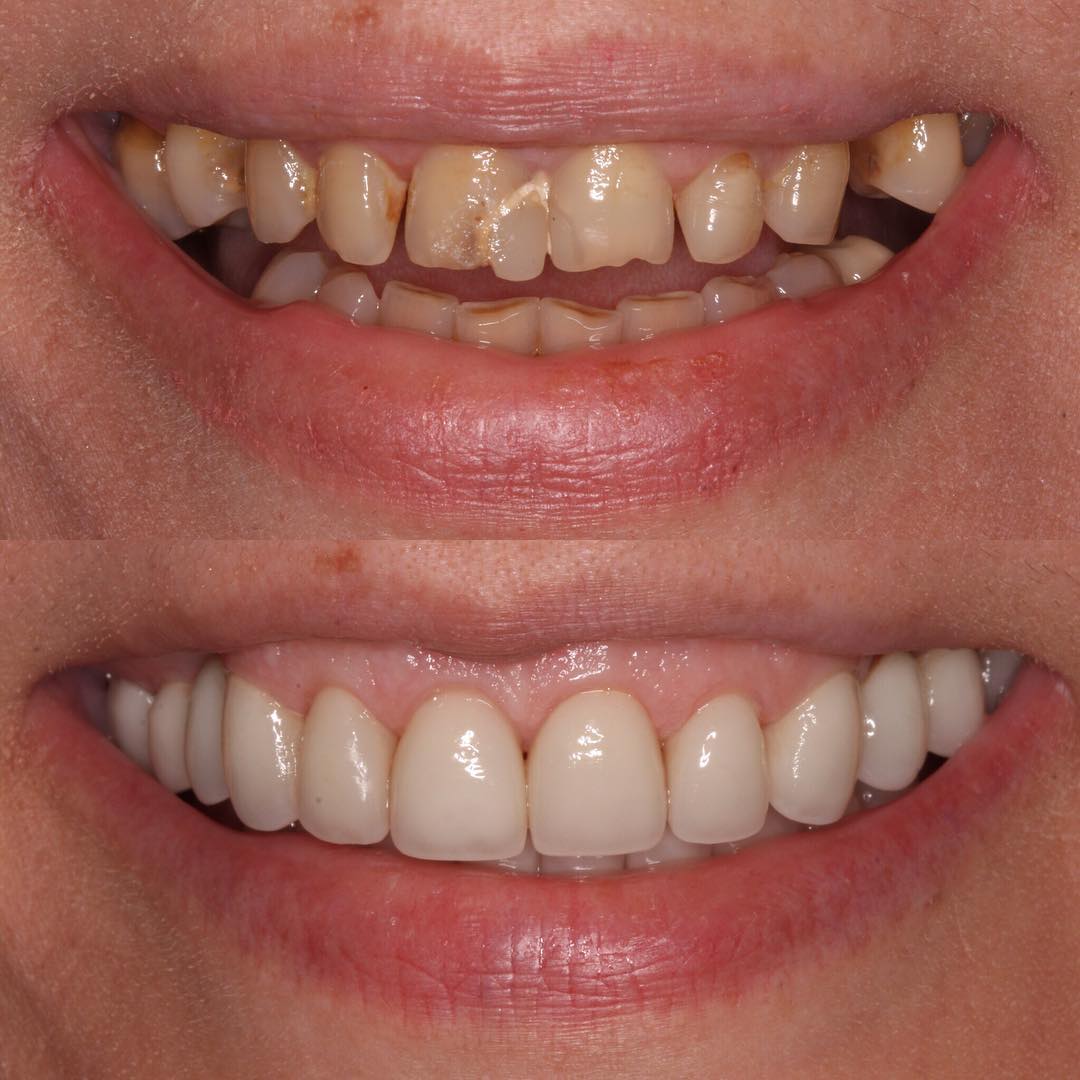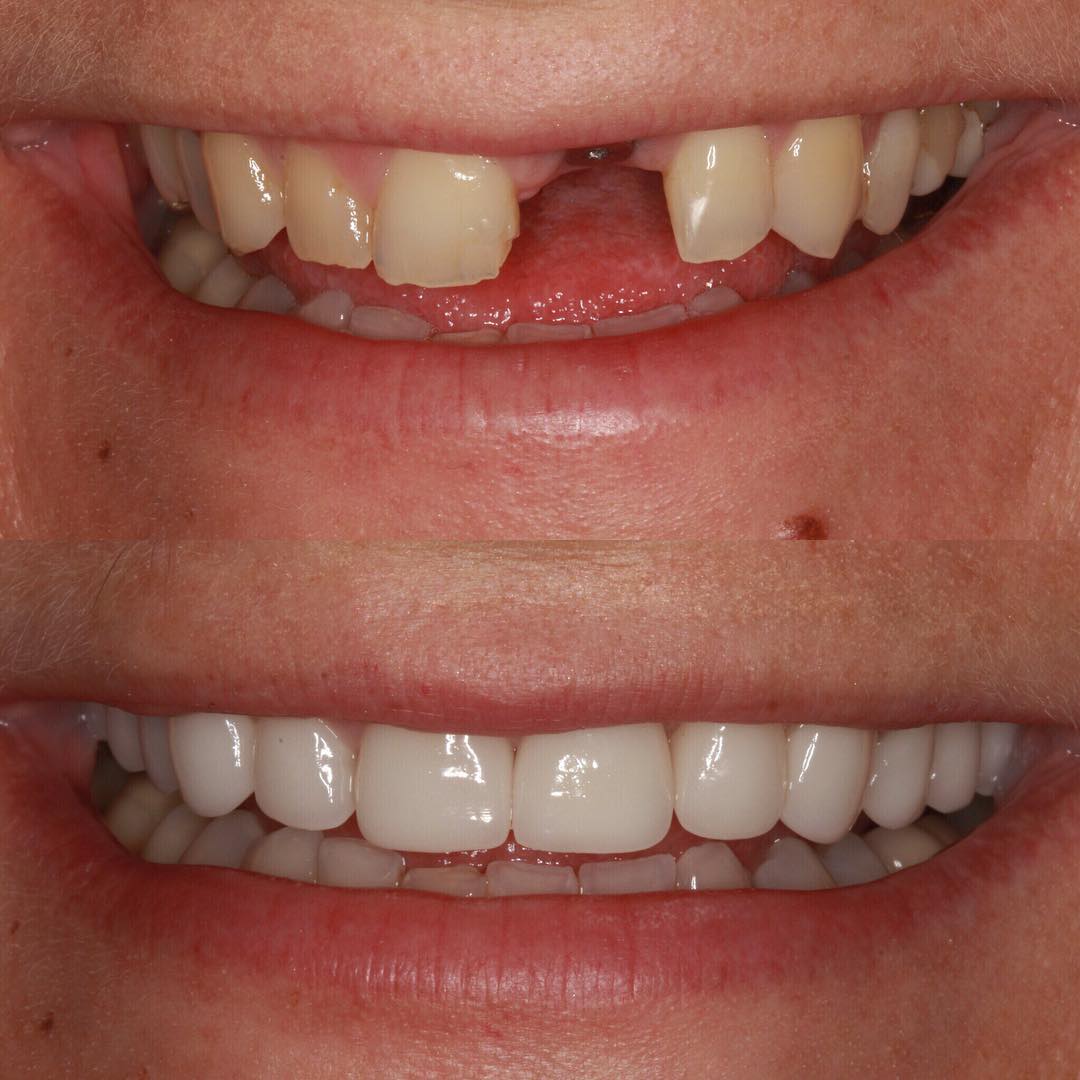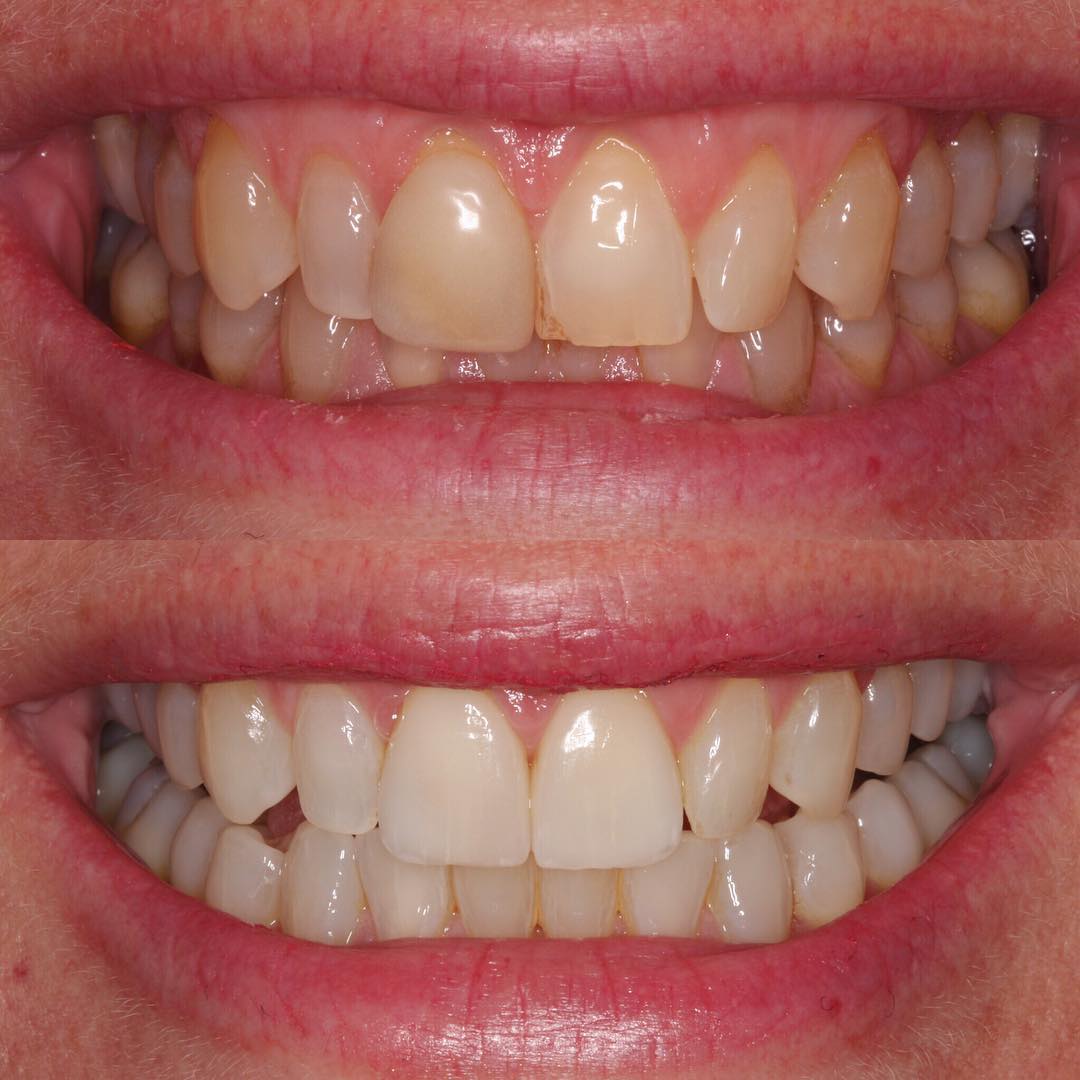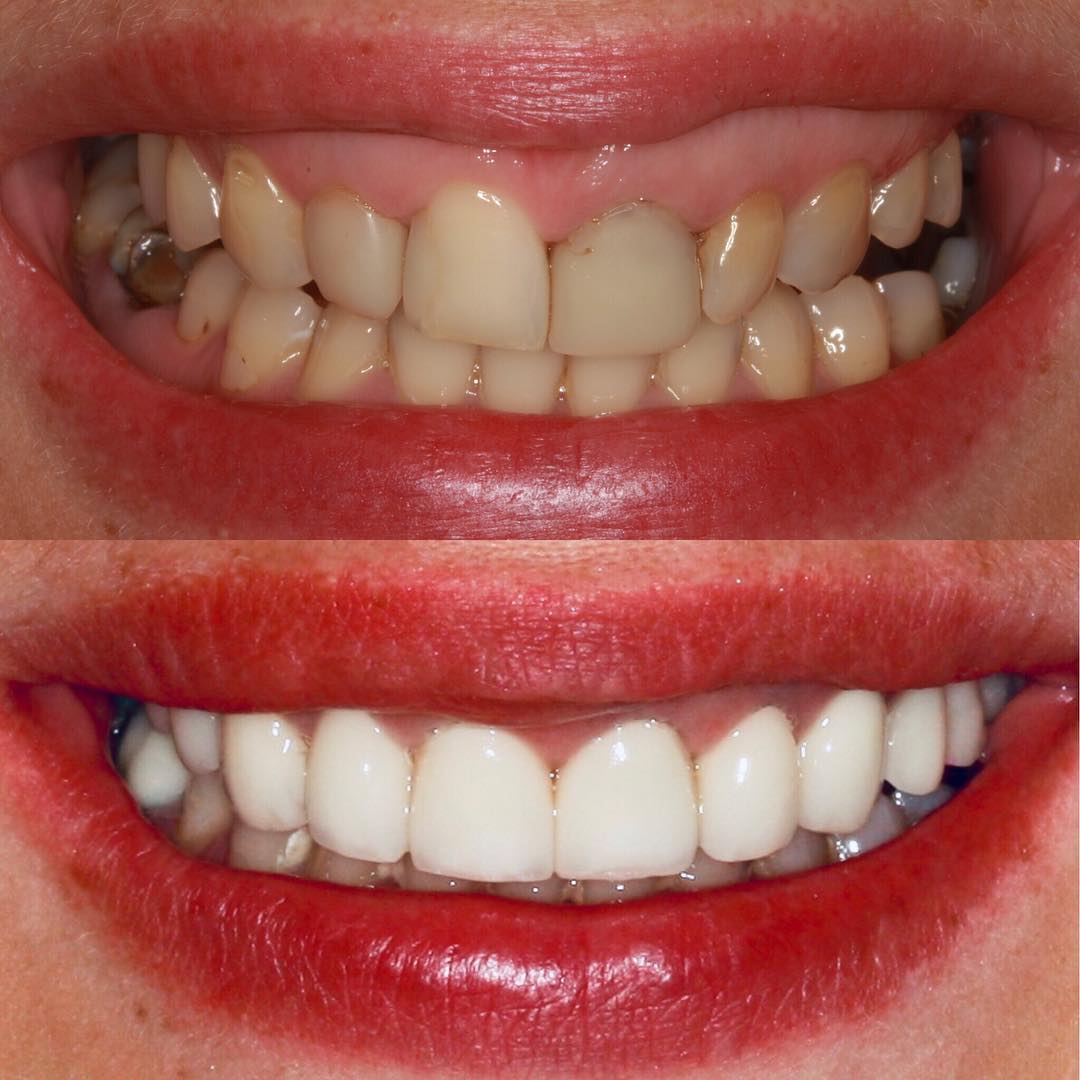When considering enhancing your smile with dental veneers, the choice between porcelain and composite materials is significant. Both options offer transformative results, but understanding their differences is crucial to making an informed decision. At DRMR, we specialise in creating beautiful, natural-looking smiles with both composite and porcelain veneers in London. Here, we delve into the benefits of each type, helping you navigate the path to your perfect smile.
Porcelain Veneers: The Premium Choice
Porcelain veneers stand out for their durability, aesthetic quality, and ability to mimic natural teeth. Crafted from high-quality ceramic materials, these veneers offer a blend of strength and beauty that is hard to match.
Unmatched Aesthetics
Porcelain has a translucent property similar to natural tooth enamel, allowing it to reflect light in an incredibly lifelike way. This makes porcelain veneers the gold standard for those seeking the most aesthetically pleasing solution. They can be precisely colour-matched to your adjacent teeth, ensuring seamless integration with your natural smile.
Durability and Longevity
One of the most significant advantages of porcelain veneers is their durability. Porcelain veneers can last 10 to 15 years or more when properly cared for. This is due to the robust ceramic material that resists wear and tear, making them an excellent long-term investment in your smile.
Stain Resistance
Porcelain veneers are highly resistant to staining, maintaining their brightness and colour over time. Unlike natural teeth, which can discolour with coffee, tea, or wine, porcelain veneers remain unaffected by these common dietary culprits. This feature makes them an ideal choice for those looking to achieve a permanently whiter smile.
Composite Veneers: The Versatile and Cost-Effective Alternative
Composite veneers offer a more accessible option for those looking to improve their smile. Made from a tooth-coloured resin, these veneers can be applied in a single visit, offering an immediate transformation.
Minimally Invasive Application
One of the key benefits of composite veneers is the minimal tooth preparation required. Unlike porcelain veneers, which may require significant shaping of the natural tooth, composite veneers can often be applied with little to no removal of the tooth surface. This less invasive approach preserves more of your natural tooth structure.
Cost-Effectiveness
Composite veneers are generally more affordable than their porcelain counterparts. For those seeking cosmetic improvement on a budget, composite veneers provide significant aesthetic enhancement without the higher price tag of porcelain.
Making the Right Choice for You
The decision between porcelain and composite veneers depends on several factors, including your aesthetic goals, budget, and the condition of your natural teeth. At DRMR, we believe in personalised care and will work closely with you to determine the best option for your unique smile.
Conclusion
Both porcelain and composite veneers offer distinct advantages for those looking to enhance their smile. Porcelain veneers provide a durable, long-lasting solution with unparalleled aesthetic appeal, making them an excellent investment in your smile. On the other hand, composite veneers offer a cost-effective, minimally invasive option for immediate improvements, with the flexibility of easy repairs.
At DRMR, we are committed to helping you achieve the smile of your dreams. Whether you choose porcelain or composite veneers, our team of experts will ensure a comfortable, personalised experience from start to finish. Contact us today to schedule a consultation and take the first step towards your perfect smile.
Smile Gallery

